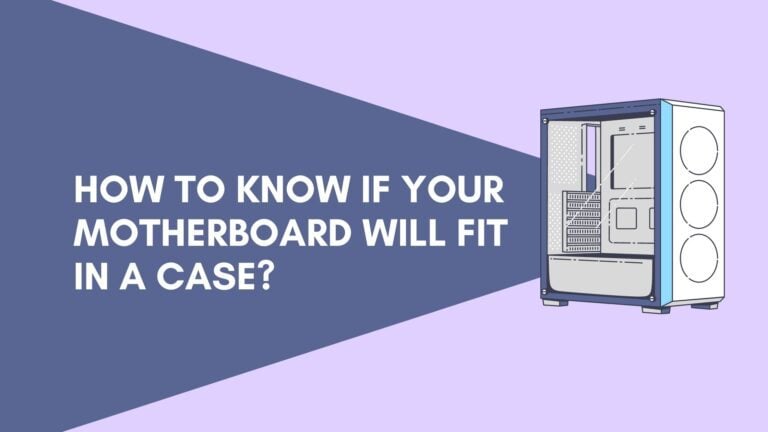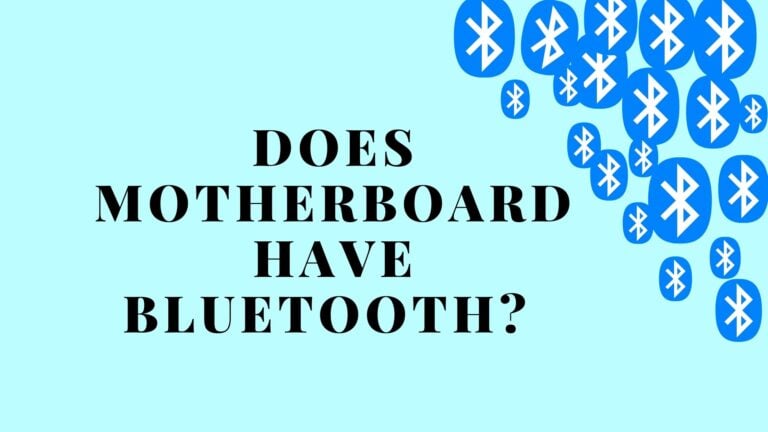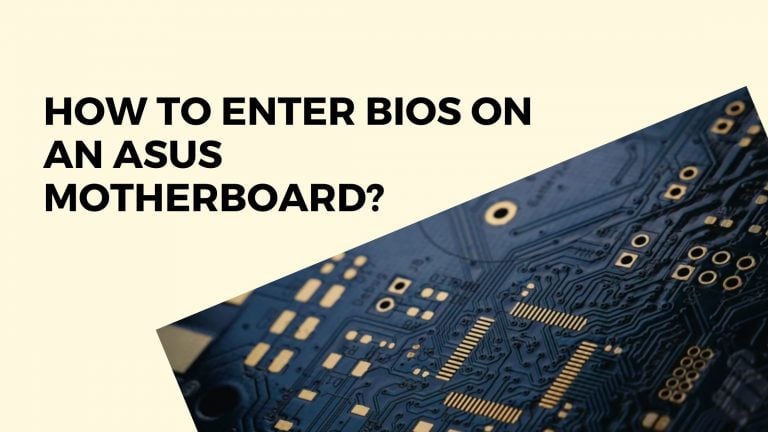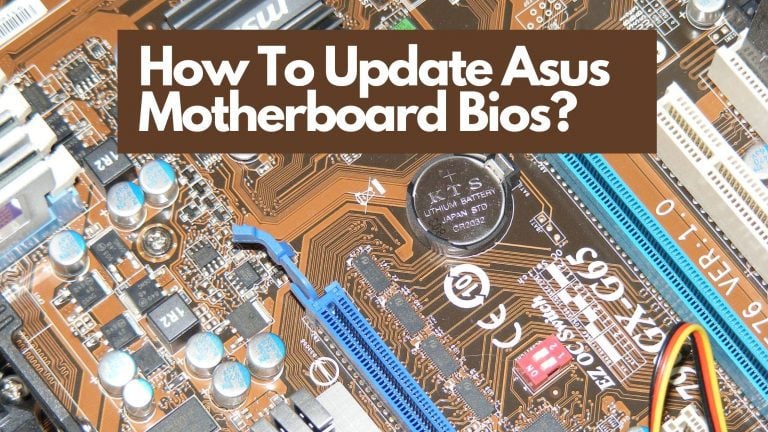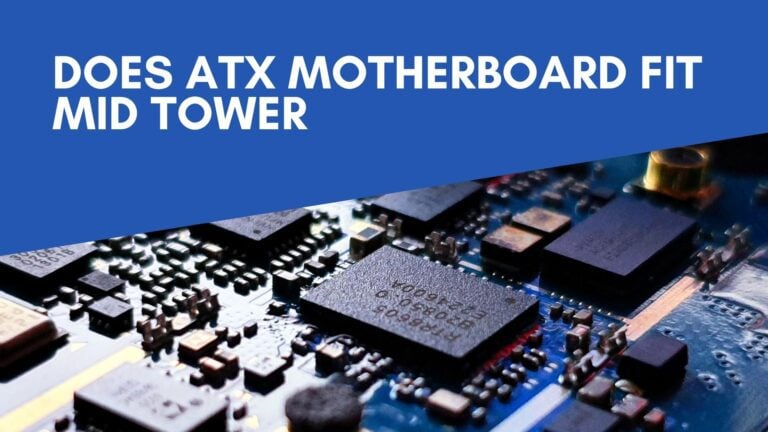Use Motherboard Video Output With GPU
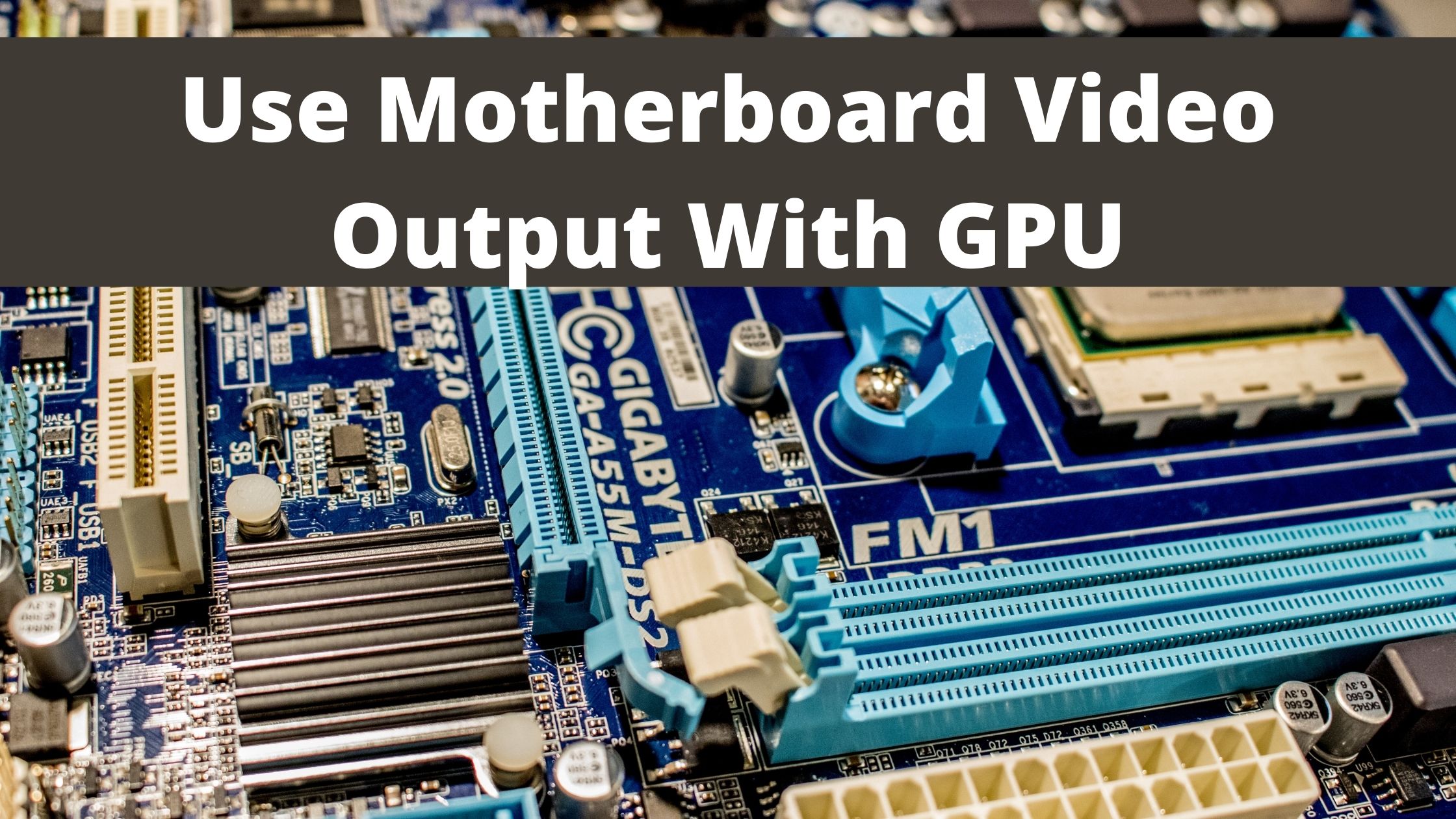
A graphics processing unit is a specialized processor created to speed up the rendering of visuals. GPUs can process a massive amount of data at once, making them ideal for computer vision, videography, and games.
At early times, the CPU was used for graphics and video editing. Still, as innovations hit the market, a more intensive and high-profile processor grew high in demand, resulting in GPU’s introduction. GPUs were created to offload those chores from CPUs while also improving 3D graphics rendering. GPUs use a technique known as parallel processing, in which numerous processors handle different aspects of the same operation. With the use of GPU, the enhanced quality of gaming experience and graphic rendering grew immensely, and GPU came into demand even more.
GPUs have been widened now; new and updated GPUs are more useful in different programs everywhere.
How GPU Functions:
A CPU is a hardware device that helps interact with different apps and programs downloaded on the PC; it regulates the system. The construction of GPUs and CPUs is very similar. A GPU can be found on a graphics card, in the motherboard of a personal computer, or on the same electronic circuit as a CPU. On the other hand, GPUs are built to do more rigorous math and geometric calculations.
To render graphics, specific calculations are required, and GPU holds all the required functions for smooth pixels and other video editing and graphic images. A GPU could have more cells than a CPU.
Check Do Motherboards come with SATA Cables?
Motherboard and graphic cards:
When the graphics card is installed on the PC, the HDMI port gets impaired. These HDMI ports are used for many purposes, such as connecting any USB or sending or receiving files from a different device. If your HDMI ports are not sufficient, that’s where the problem thickens.
The significant distinction between a GPU and a graphics card is that a GPU is a unit in a graphics card that does actual picture and visual processing. In contrast, a graphics card is an auxiliary card that develops images for display on an external device. The problem arises for those who aim to connect multiple devices to their graphics card.
For decades, motherboard makers have included a good GPU built directly into the motherboard’s chipset, eliminating the need for additional hardware. Nowadays, most motherboards have GPUs built-in, and some even have GPUs built into the CPU. To use the motherboard’s video output with GPU, the first and foremost need is an integrated graphic card (IGPU) in your CPU. The motherboard won’t function if you don’t have an integrated graphics card.
Motherboards usually don’t have chips for video processing; the CPU’s embedded graphics card supplies power to all the visual output ports on the motherboard’s back I/O panel.
Check Best White Motherboards
How do I know if my motherboard has an integrated graphic card or not?
to check whether your CPU has IGPU or not, check the following:
- Check From The Operating System (Device Manager): Go to the window taskbar and search for device Manager. You can also find it in the control panel. You must go to the Display Adapters and see what GPU it displays. If your system doesn’t show any IGPU, it is unlikely that your motherboard HDMI port will work.
- Have A Look at Your Spechsheet: This method is more straightforward and to the point. If you know the manufacturer and model of your CPU, you can look up its specifications online. For example, the Processor Graphics information for the Intel Core i7-11700K CPU may be found on Intel’s website. The Intel UHD 750 IGPU is included in this CPU.

What Is GPU In General:
As technology has evolved, consumer computers and business computers have been coming to use for significant purposes in businesses and universities. CPUs, motherboards, and GPUs are essential in computer technology. With the growing need, the features and specifications are also being noticed at large.
The GPU, which was created for parallel processing, is utilized in various applications, including graphics and video processing. It takes the extra mile and proves the best quality pictures and videos. GPUs are becoming more popular for use in creative production and artificial intelligence, despite their best-known use in gaming (AI).
When it comes to video games, video editing, and anything related to graphics, the graphic processing unit is best suited because it is made to enhance users’ experience with graphics. GPUs were created to speed up the rendering of 3D visuals. They improved their capacities by becoming more versatile and programmable over time. With enhanced lighting and shadowing techniques, graphics programmers generated more fascinating visual effects and realistic scenes. Other developers began to use GPUs to drastically increase workloads in high-performance computing (HPC), deep learning, and other areas.
Check Best B450 Motherboard
Uses of GPU:
GPU started to penetrate various purposes with upgrades and innovations and was more extensively used for a more comprehensive set of problems. Today’s GPUs are more configurable than they’ve ever been, allowing them to accelerate a wide range of applications beyond standard graphics rendering. The uses of GPU are as follows:
GPU For Machine Learning:
AI and machine learning are two of the exciting applications for GPU technology. GPUs can give excellent acceleration in workloads that use GPUs’ highly parallel nature, such as image recognition because they have such a massive room for processing capability. Many of today’s deep learning algorithms rely on GPUs and CPUs working together. These two are perfectly compatible and match each other’s functions.
GPU for Gaming:
Video games have become more technologically intensive with highly detailed graphics and enormous, sophisticated in-game worlds. With the rise of techs such as virtual reality and improved display technologies such as 4K panels and high refresh rates, graphics processing demands are rapidly increasing. GPUs can render visuals in both 2D and 3D modes. Games can be played at greater resolutions, quicker frame rates, or both with superior visual performance. It enhances the video quality and overall experience of video and pictures editorials.
GPU For Content Creation:
The central struggle of video editors and content creators starts and ends on the quality of videos. As you start adding high-resolution pictures, the apps sometimes drop the video quality, and you end up helpless. The problem with transferring high-profile videos takes forever, making the process ineffective. But not anymore; the parallel processing proposed by GPU enhances the speed and helps the rendering of videos and high-resolution files to move faster while maintaining their quality.
How To Use the Graphic Card with Motherboard HDMI?
After confirming that your CPU has the integrated Graphic design system, the next step will be to enable the motherboard HDMI from BIOS:
- First up, access the BIOS; when your system starts, click on the right key to access the BIOS. For PCs, the specific key for accessing the BIOS may differ. The “Delete” or “F12” keys are frequently used.
- Look for a section related to the field of IGPU and display; once you are in the BIOS, search for the manual settings that make changes in IGPU, all you must do is enable the IGPU. The settings might vary due to different BIOS. It may state “Enable Multi-GPU Support” for some, “Enable IGPU” for others, and so on.
- Save the changes you have made to your settings and restart your PC.
- Now the motherboard HDMI port should be plugged into your monitor; connect your second monitor to the HDMI port on the motherboard, and you should be good to go. It would help if you now had a working HDMI port on your motherboard.
- You can also customize the settings for the multi-monitor display. The orientation, resolution, and display are easily customized. It can be changed from the display settings on your PC. There are various other options to be manually changed as well. The way you alter the brightness and other font settings are done the same way, right-click your way to the desktop, and a pop-up appears, select the display settings, and then do whatever customization you want.
Check Front Panel connectors on the Motherboard
Conclusively, the whole procedure and combination depend on two important things:
- Is your CPU inculcated with IGPU?
- Does the BIOS have relevant settings and the control for enabling the IGPU or not?
If your answer to the questions based on your PC is positive, you won’t struggle using the motherboard video output with GPU. The connection of the motherboard HDMI port is effortless, and it doesn’t require any problematic, complicated steps. Just alter some settings on your BIOS, and you’re good to go.
The use of GPU has proven very useful and helpful in video editing and rendering of visual media with quick processing and a customer-friendly experience.


